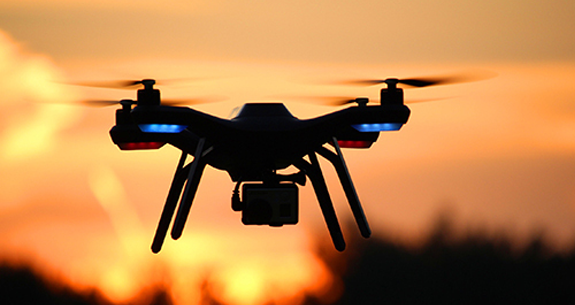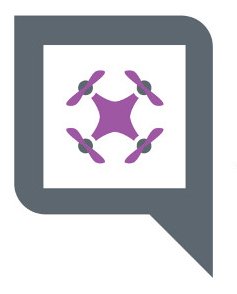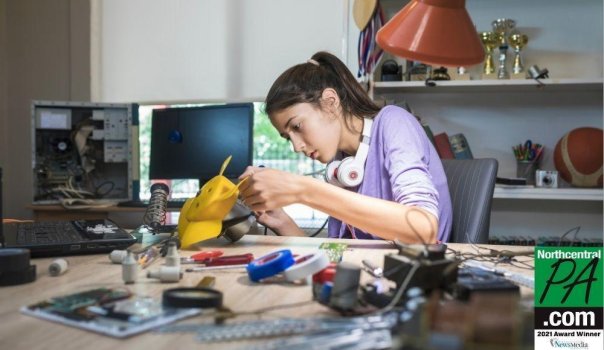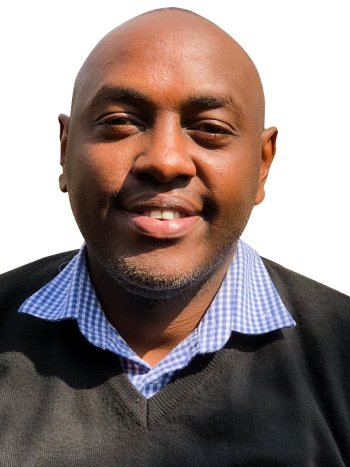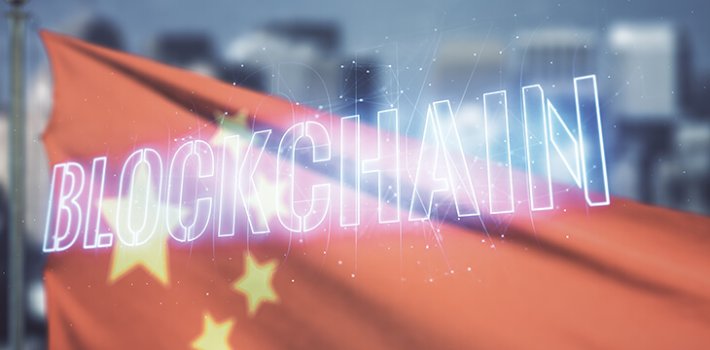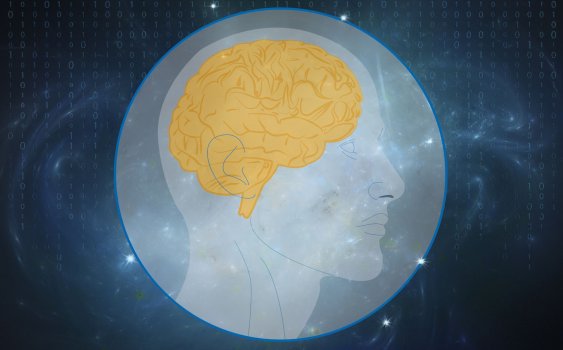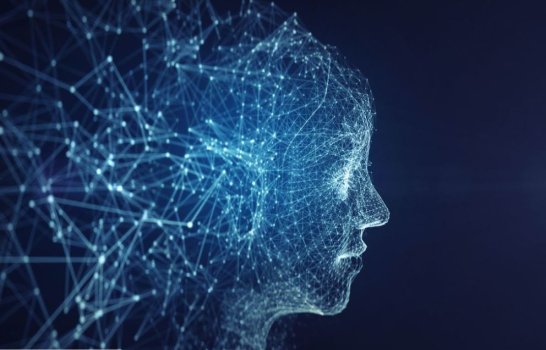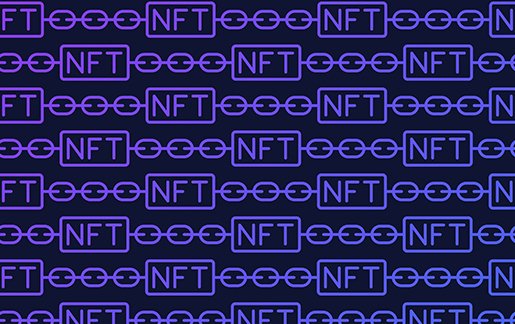FCC September Meeting to Focus on Resiliency, IoT, Public Safety, and Tribal Broadband
- Technology Solutions
- 0 Replies
Federal Communications Commission (FCC) Acting Commissioner Jessica Rosenworcel released the agenda for the FCC’s upcoming September Open Commission Meeting, scheduled for September 30.
During the meeting, Commissioners will cover a wide range of topics, including network resiliency, IoT spectrum needs, promoting public safety, and expanding Tribal broadband access.
Items included on the meeting agenda are:
During the meeting, Commissioners will cover a wide range of topics, including network resiliency, IoT spectrum needs, promoting public safety, and expanding Tribal broadband access.
Items included on the meeting agenda are:
- Promoting More Resilient Networks – The Commission will consider a Notice of Proposed Rulemaking to examine the Wireless Network Resiliency Cooperative Framework, the FCC’s network outage reporting rules, and strategies to address the effect of power outages on communications networks.
- Reassessing 4.9 GHz Band for Public Safety – The Commission will consider an Order on Reconsideration that would vacate the 2020 Sixth Report and Order, which adopted a state-by-state leasing framework for the 4.9 GHz band. The Commission also will consider an Eighth Further Notice of Proposed Rulemaking that would seek comment on a national framework for the 4.9 GHz band, ways to foster greater public safety use, and ways to facilitate compatible non-public safety access to the band.
- Spectrum Requirements for the Internet of Things – The Commission will consider a Notice of Inquiry seeking comment on current and future spectrum needs to enable better connectivity relating to the Internet of Things.



